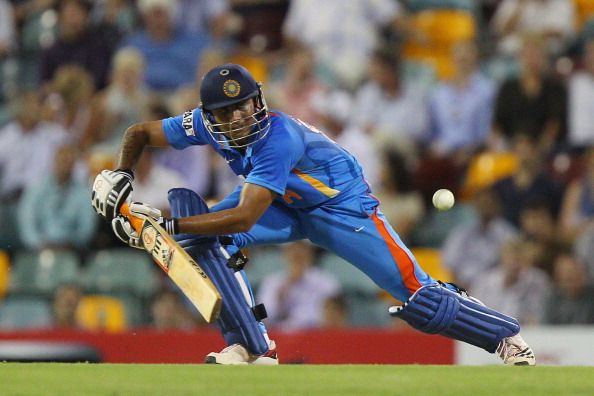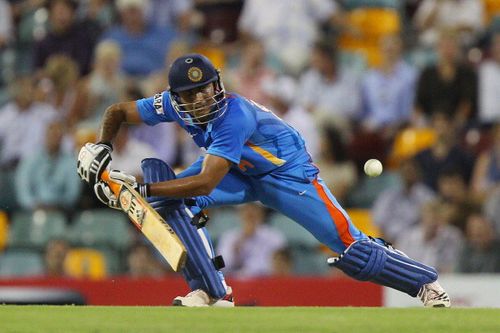
Ranji Trophy or 'Run'ji Trophy?

File Photo: Ravindra Jadeja
WG Grace, Bill Ponsford, Don Bradman, Wally Hammond, Graeme Hick, Brian Lara and Michael Hussey – add Ravindra Jadeja to that list and one wonders what has he done? For someone who has struggled to get the ball off the square in close to 50 international innings so far, he achieved the rare distinction of becoming the first Indian batsman to score three triple hundreds in first class cricket and 8th in the world behind the seven illustrious names listed above. What makes his feat even more noteworthy is that Jadeja achieved this feat before he turned 24.
With all due respect to the batting capabilities and the hard work that Jadeja would be putting in to his game, the first thought that crossed my mind was, is it so easy to get runs in Ranji Trophy these days? There was a time when a Ranji hundred was considered sacrosanct, something which every batsman playing Ranji trophy dreamt off. A look at the statistics of Ranji trophy this season and it reaffirms my belief that getting hundreds, and big ones at that, has become pretty simple these days. Sample this, in the five rounds of the Ranji Trophy this year, there have been 122 hundred-plus scores which include nine 200-plus scores, three 300-plus and not to forget five scores in 190s. Among the top 5 scorers this season in Ranji Trophy, 3 batsmen are from the state of Gujarat (R Jadeja – Saurashtra; Parthiv Patel and Manpreet Juneja – Gujarat) which has traditionally produced wickets with rarely anything in it for the bowlers and 2 from North (Jiwanjot Singh Chouhan –Punjab and Paras Dogra – HP). Only Jiwanjot’s efforts are praiseworthy to some extent because a) He opens the innings and b) has played 4 matches at Mohali, where there is always something in it for the new ball bowlers during winter.
Agreed that cricket has become more of a batsmen’s game but wasn’t the longer format supposed to be an even contest between bat and ball, one where bowler and batsman play strategic mind games to outclass one another? Sadly, in the Indian Domestic season that doesn’t seem to be the case. On the other hand, if one glances through the records of 2012-13 season of Sheffield Shield, considered to be the toughest domestic competition around the world, there have been only sixteen 100-plus scores in almost similar number of matches with the highest individual score being 164.
So what is different between the Indian and Australian domestic set up? The prime reason is the quality of wickets on which Ranji games are played. There is an obsession to play on tracks with grass on it, which either results in the teams being dismissed cheaply or wickets turning into belters as the game goes on. There are hardly any rank turners (ones which MS Dhoni demands for home tests), which neither provides an opportunity for the batsmen to learn and play on such tracks nor does it encourage spinners to come through the system. No wonder then that out of top five wicket takers in Ranji this season, 4 are medium pacers with only one spinner and that too in Group C, which is effectively the teams from plate division of last season. Tons of runs in Ranji Trophy is only providing a false sense of confidence (sometimes over confidence) to the Indian batsman for when he graduates to play for the national team, and then he is found wanting.
To prevent the prestigious Ranji Trophy from turning into “Run”ji Trophy, all those who matter at the BCCI will have to act fast and make sure that the pitches for all domestic games have their fair share for every one playing the game – viz batsmen, quick bowlers and spinners. If not addressed, it will affect the bigger picture and the gulf between Indian Domestic cricket and International cricket will only become wider. And we have seen enough evidence of that in the recent India vs. England series where India has been completed out bowled and out batted.